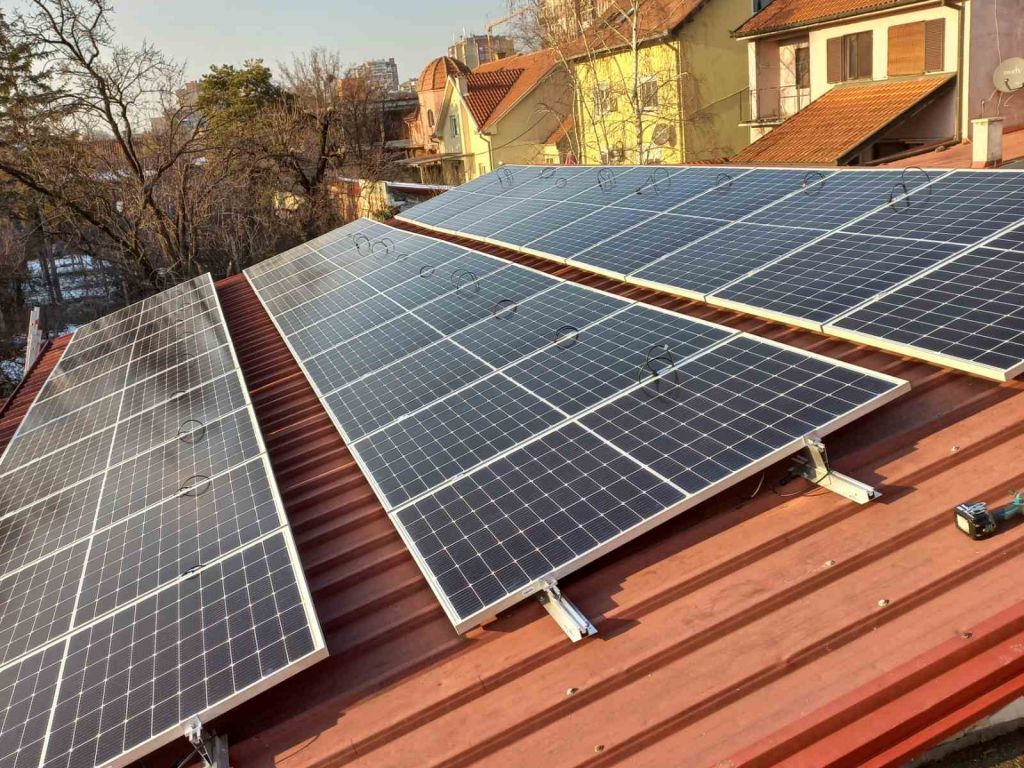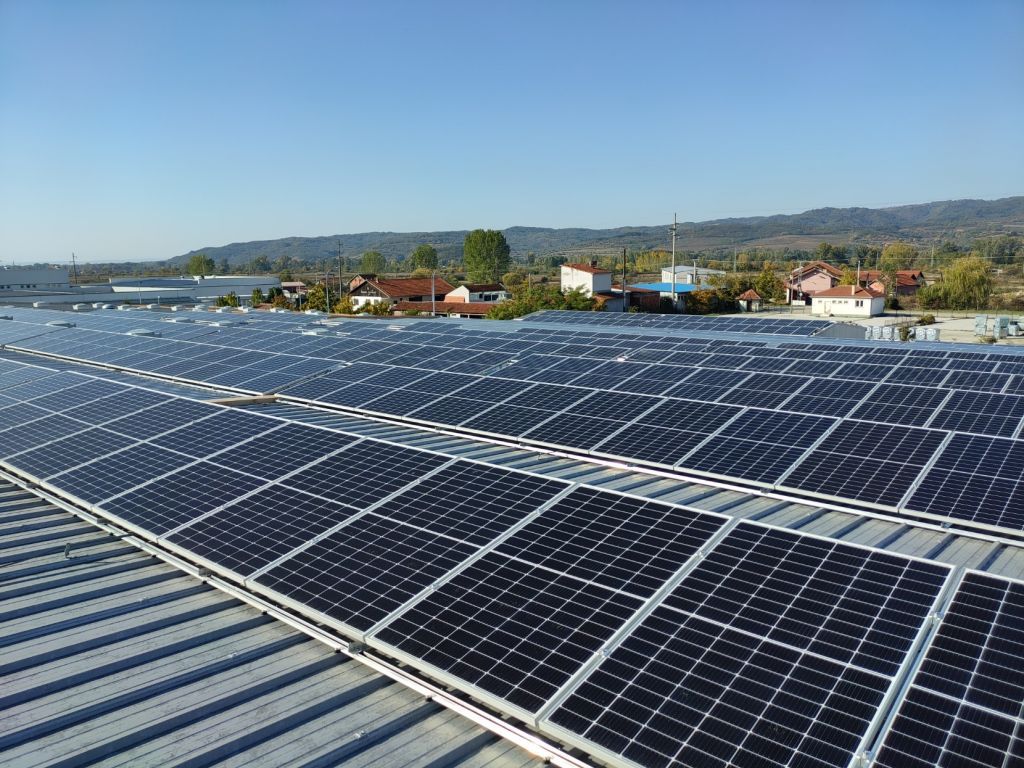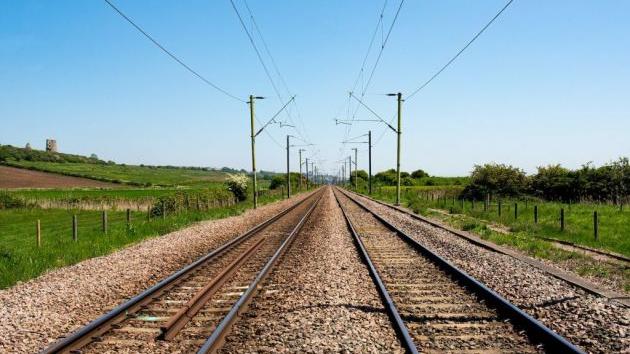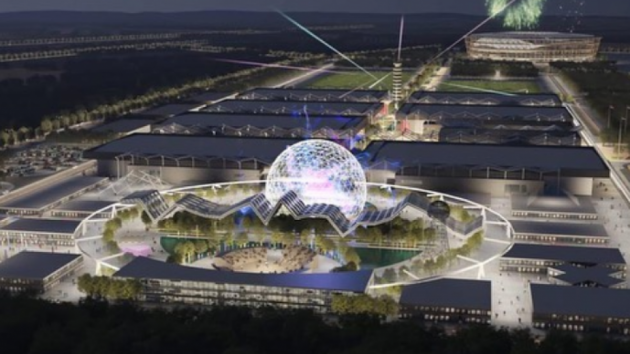Perspective for Solar Power Plants in Serbia
 Tuesday, 15.02.2022.
Tuesday, 15.02.2022.
 10:40
10:40

This crisis has shown that we must try to increase our own production of energy as soon as possible, in order to survive economically and be less susceptible to energy price shocks. And capacities are most quickly increased by adding new capacities from renewable energy sources and gas power plants.
Sunlight as energy source from dusk till dawn
When it comes to photovoltaic solar power plants, this technology is in its third decade of development and full implementation in the EU and the world. We can rely on sunlight as a stable source of energy ten months a year. In addition to these ten months, December and January here have around 50% sunny days, when energy can be produced during daytime, which lasts 9 hours in that period.
In order to compensate for the changes in the intensity of the production of electrical energy throughout the day under different weather conditions, developed countries are currently working to develop various higher-capacity energy storage facilities, such as reservoirs with hydrogen, energy storage in electric storage batteries, reversible hydro power plants, gravitational energy storage facilities, or even energy storage in electric cars connected to the network.
Power plants on roofs for reduced own consumption
As they don’t take up land area, solar power plants on roofs have the advantage of not covering land that can be better used otherwise. Furthermore, the latest research shows that the roofs on houses with solar panels cool more quickly in the summer, which reduces the absorption of heat in facilities in the summer, which makes working and living in such facilities more comfortable during the summer period.
At the time when the power plant produces electrical energy, that much less electrical energy is taken from the distribution network. If the power plant produces more than its own energy consumption, it is possible to transfer the surplus energy to the network, after the exploitation permit for the power plant is obtained and the agreement is signed with the supplier of electrical energy.
Prosumers as a win-win concept in the local market
The new Law on the Use of RES in Serbia has made a big step forward by introducing the concept of a buyer-consumer, the so-called “prosumer”. This concept of producing electrical energy from solar power primarily for own needs enables citizens and small business entities to transfer the surplus energy they can’t use to the distribution system and to use the surplus as a credit by which they lower the spent kWh for the upcoming monthly electricity bills.
Own kilowatts should be reached through a simplified procedure in three steps. First, solar panels need to be installed, then the meters should be replaced with two-way electricity meters and the agreement should be signed with EPS Snabdevanje on the full supply of electrical energy. Although the new acts regulating this field were adopted by the government in September 2021, the implementation has not yet begun, whereas, through municipalities, 50% grants for these projects are already being approved.
Roofs on production facilities as an opportunity for increased competitiveness
The owners of production facilities with larger roofs can reduce their own production of electrical energy, realizing savings in their operations that way. Investments in solar power plants at the current prices have return periods of seven to eight years at the current prices. On larger facilities, power plants of 30 kW to 150 kW have a better investment return period compared to investments in small home power plants.
However, as the priority for companies is often to invest in the current operations and increasing the production capacity, investments with a repayment period of seven years do not always seem that attractive. For that reason, with the credit support of several banks with the help of the EU and the Republic of Serbia, it is possible to get grants for investments in the amount of 15-25% of the value of the investment, for investments improving the energy efficiency.
By investing in solar power plants on the existing business facilities for the purpose of reducing their own consumption of electrical energy, factory owners will primarily improve the competitiveness of their products and protect the stability of their operations from the changes in the prices in the energy market.
According to the experiences of Conseko d.o.o., acquired through the preparation of a larger number of analyses for local investors, the electrical energy produced on the roofs of production and commercial facilities can meet 10-60% of the electrical energy needs of those facilities throughout the day.

Conseko as provider of solutions for solar power plants
Conseko d.o.o. Beograd has been implementing solar photovoltaic technologies since 2008. Thanks to their years of experience in preparing technical solutions, designing and building solar power plants, Conseko d.o.o. has been recognized in the local market as a company which can offer the most modern technical solutions in designing a solar power plant, choosing the equipment and optimizing the investment costs.
Power plant equipment needs to meet the standards
The local distribution system operators have adopted guidelines and pointed to the standards which the devices that are connected to the distribution system need to meet, which certainly should be welcomed. When it comes to the standards for solar power plants, this primarily pertains to the safety of such facilities during the exploitation, the quality of the electrical energy that the devices produce and, finally, the preservation of the performances, that is, ensuring that such a facility can work for as long as possible.
That is why the choice of solar equipment offered by Conseko d.o.o. are TIER1 producers of solar panels and recognized European producers of inverters for solar panels. The TIER1 group of producers features a small group of producers whose quality has been proven on a global level, meeting the requirements regarding high performances, the fulfillment of solar panel quality standards, the bankability of the guarantee on their products and the possibility of production and delivery of big quantities for big power plants.
Distribution as the key partner for us all
We see power distribution as the key partner without which one cannot do. Neither of the bigger power plants we’ve built can work for a single moment without a distribution network. However, the process with distribution system operators is neither simple nor easy, because it requires time and plenty of administrative work. By the same token, however, no producer of electrical energy from a solar power plant wants to give up so easily the realization of the right of connecting the power plant to the network and transferring the surplus energy which can be produced at certain times during the day.
Investment opportunity for local investors too
There is a considerable number of foreign investors that are interested in building solar parks of capacities of several megawatts and up to several dozen megawatts. In addition to investors from abroad, this opportunity is also given to local investors who are interested in investing their funds, and banks’ support is available too. They should also see their interest in the construction of energy capacities in the territory of Serbia and the region. Such local investments may be smaller in scope individually, but they will be able to establish a certain balance with the total investments in new energy capacities and enable us to progress as a society in mastering these new technologies.
In addition to investments in solar parks, individuals and companies in Serbia can also invest their capital through energy cooperatives which invest in solar power plants on private and public facilities and thereby contribute to the energy transition and use of clean energy, while making a certain profit.
The good examples of this are association models in France and Sweden, as well as Greece in recent times.
EU Green Agenda and RES
The concept on which the electrical energy sector in Europe is being built in this decade is for renewable sources to in fact be primary energy sources, whereas thermal and gas power plants can be a relatively inexpensive backup resource. Everybody can rely on this strategy until 2025, when a fee on emissions from thermal power plants is expected to be implemented.
Directions of further development of solar energy
The further development of solar capacities in Serbia is facing numerous challenges. The biggest impact on the expansion of solar power plants will be made by the policies which are adopted in that field on state level, their acceptance and adaption of power networks and systems. The key state subjects and actors in energy should see RES as an opportunity to increase the local production and improve the distributions and transfer of energy through digitization and smart networks, but also as an opportunity for an increased competitiveness of the local economy, primarily the electrical energy sector.
If we look at the positive examples from other countries of the world, we see that the winners are those countries which give an equal opportunity to both the big and the small to invest, that is, those countries where solar power plants are built on the level of solar parks which are connected to the distribution network at medium and high voltage, while also developing the concept of prosumers implemented in the industry. A recent example is the Brazilian government, which has allowed all power plants up to 5 MW to be prosumers.
Aside from the energy transition through prosumers, an opportunity for the energy transition are investments through energy cooperatives, for which there are numerous successful examples in Sweden, Greece and other countries. Initially, it’s enough to hope that the local market will loosen the brakes and reduce the administrative procedures of connecting small power plants for households and business entities.
 Conseko doo
Conseko doo
Most Important News
06.04.2024. | Agriculture
Preconditions for Placement of Fresh Blueberries and Dried Plums in Chinese Market Secured

16.04.2024. | News
Jovan Ciric, Leasing Director Retail MPC Properties – MPC Echo symbolizes our desire for good ideas and innovative endeavors to spread freely and bring about positive changes

16.04.2024. | News
10.04.2024. | Finance, IT, Telecommunications, Tourism, Sports, Culture
Creative Industry – What This Serbian Economy Sector Worth EUR 2 Billion Encompasses

10.04.2024. | Finance, IT, Telecommunications, Tourism, Sports, Culture
23.04.2024. | Construction, Transport
Tender for first section of Belgrade-Nis fast railroad from Velika Plana to Paracin announced

23.04.2024. | Construction, Transport
16.04.2024. | News
Economy Fair in Mostar opens – 26 companies from Serbia exhibiting

16.04.2024. | News
22.04.2024. | Industry, Transport
Serbia to develop project of “flying taxis” for EXPO with Airbus – Signing of memorandum announced

22.04.2024. | Industry, Transport


 Izdanje Srbija
Izdanje Srbija Serbische Ausgabe
Serbische Ausgabe Izdanje BiH
Izdanje BiH Izdanje Crna Gora
Izdanje Crna Gora


 News
News






